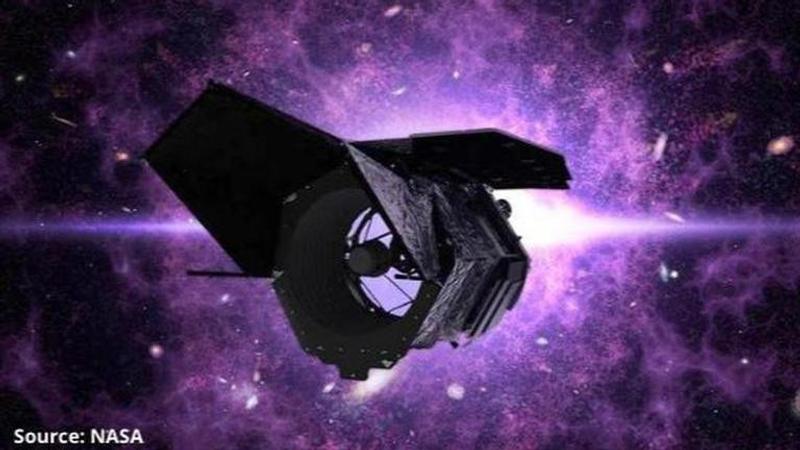Published 17:25 IST, August 5th 2020
Will NASA's Nancy Grace Telescope increase exoplanet hunting speed exponentially? find out
NASA's Nancy Grace Roman Space Telescope will potentially increase the speed of exoplanet hunting. Here is everything you need to know about this telescope.

Advertisement
According to NASA, the Nancy Grace Roman Space Telescope which was previously known as the Wide-Field Infrared Survey Telescope or WFIRST has passed a key ground-system design review this month. A report by space.com suggests that Roman, short for the Nancy Grace Roman Space Telescope relies on technology which was originally built for spy missions on Earth. However, its launch in the mid-2020s has revealed that Roman can also act as a spy on exoplanets across the galaxy apart from other cosmic phenomena.
Source: NASA
What is so special about NASA’s Nancy Grace Roman Space Telescope?
According to the reports of space.com, Roman is going to be optimised for a type of planetary survey which is known as microlensing. Microlensing is an observational effect that happens when mass warps the fabric of space-time. At its best, this kind of gravitational lensing technology is useful for observing very massive objects which include galaxies and even black holes. However, at its least, microlensing will create enough "warping" in smaller stars and planets for planet-hunting.
Is Nancy Grace Roman Space Telescope better than Hubble Space Telescope?
NASA’s Nancy Grace Roman Space Telescope for sure makes people think of Hubble, the space telescope which was launched in lower Earth orbit in 1990. Space.com has revealed that Roman’s microlensing abilities will collaborate with a wide field of view that is 100 times larger than Hubble’s. It is also revealed that the Nancy Grace Roman Space Telescope will capture stars and planets with the same resolution as the famed Hubble Space Telescope. NASA is expecting the revolutionary Space Telescope to pick up more data than the agency’s any other astrophysics missions.
How will Nancy Grace Roman Space Telescope help in future space exploration?
Space.com reports have confirmed that Roman’s efforts will pile on and build over other NASA missions. The Nancy Grace Roman Space Telescope will be optimised for planet-hunting and will add on the previous Kepler mission which had found thousands of exoplanets. It will also assist the current Transiting Exoplanet Survey Satellite or TESS which is already looking for Earth-like planets close to us. Rachel Akeson, who is the task lead for the Roman Science Support Center at the California Institute of Technology, revealed in a NASA statement that with a large number of stars and frequent observations, NASA’s Nancy Grace Roman Telescope’s microlensing survey will be able to see thousands of planetary events. Roman’s remarkable make-up will also help NASA to determine the planet's mass and distance from its star.
17:25 IST, August 5th 2020




